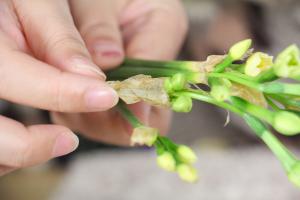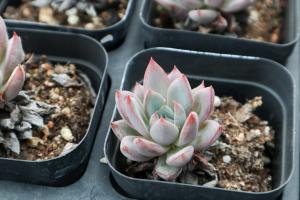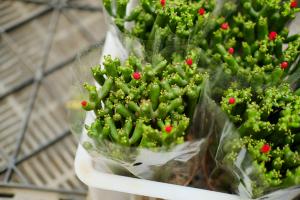How to Cure Tomato Plant Diseases
Tomatoes are one of the most popular vegetables to grow in gardens across the world. Unfortunately, tomato plants are also prone to diseases that can cause significant damage to the plant and reduce the yield of ripe, juicy tomatoes. In this article, we will explore some of the most common tomato plant diseases and how to cure them.
Septoria Leaf Spot
Septoria leaf spot is a fungal disease that often starts with small, circular spots on the leaves. As the disease progresses, the spots become larger and spread to other parts of the plant. The best way to cure this disease is to remove the infected leaves and apply a fungicide to the plant.
Early Blight
Early blight is another fungal disease that affects tomato plants. This disease usually starts on the lower leaves of the plant and works its way up. To cure early blight, remove the infected leaves and apply a fungicide to the plant. You can also prevent the disease from spreading by watering the plant at the base instead of over the foliage.
Bacterial Spot
Bacterial spot is a disease that causes small, dark spots on the leaves, stems, and fruit. This disease is caused by bacteria, and the best way to cure it is to remove the infected leaves and destroy any infected fruit. You can also apply a copper-based fungicide to the plant to slow the spread of the disease.
Blossom End Rot
Blossom end rot is a physiological disorder that affects the fruit of the tomato plant. This disease causes the bottom of the fruit to turn black and become leathery. To cure blossom end rot, apply a calcium spray to the plant and make sure the soil is consistently moist. Also, do not over-fertilize the plant, as this can contribute to the development of the disease.
Verticillium Wilt
Verticillium wilt is a fungal disease that affects the plant’s vascular system. The disease causes the leaves to wilt and turn yellow. To cure this disease, remove the infected plant and destroy it. Do not plant tomatoes in the same area for at least three years. You can also apply a fungicide to the soil to prevent the spread of the disease.
Fusarium Wilt
Fusarium wilt is another fungal disease that affects tomato plants. This disease causes the entire plant to wilt and die. To cure this disease, remove the infected plant and destroy it. Do not plant tomatoes in the same area for at least three years. You can also apply a fungicide to the soil to prevent the spread of the disease.
Conclusion
Tomato plant diseases can be frustrating, but with the right care, they can be cured. Regularly inspect your plants for signs of disease and take action as soon as you notice them. By following the tips in this article, you can keep your tomato plants healthy and thriving.

 how many times do yo...
how many times do yo... how many planted tre...
how many planted tre... how many pine trees ...
how many pine trees ... how many pecan trees...
how many pecan trees... how many plants comp...
how many plants comp... how many plants can ...
how many plants can ... how many plants and ...
how many plants and ... how many pepper plan...
how many pepper plan...































